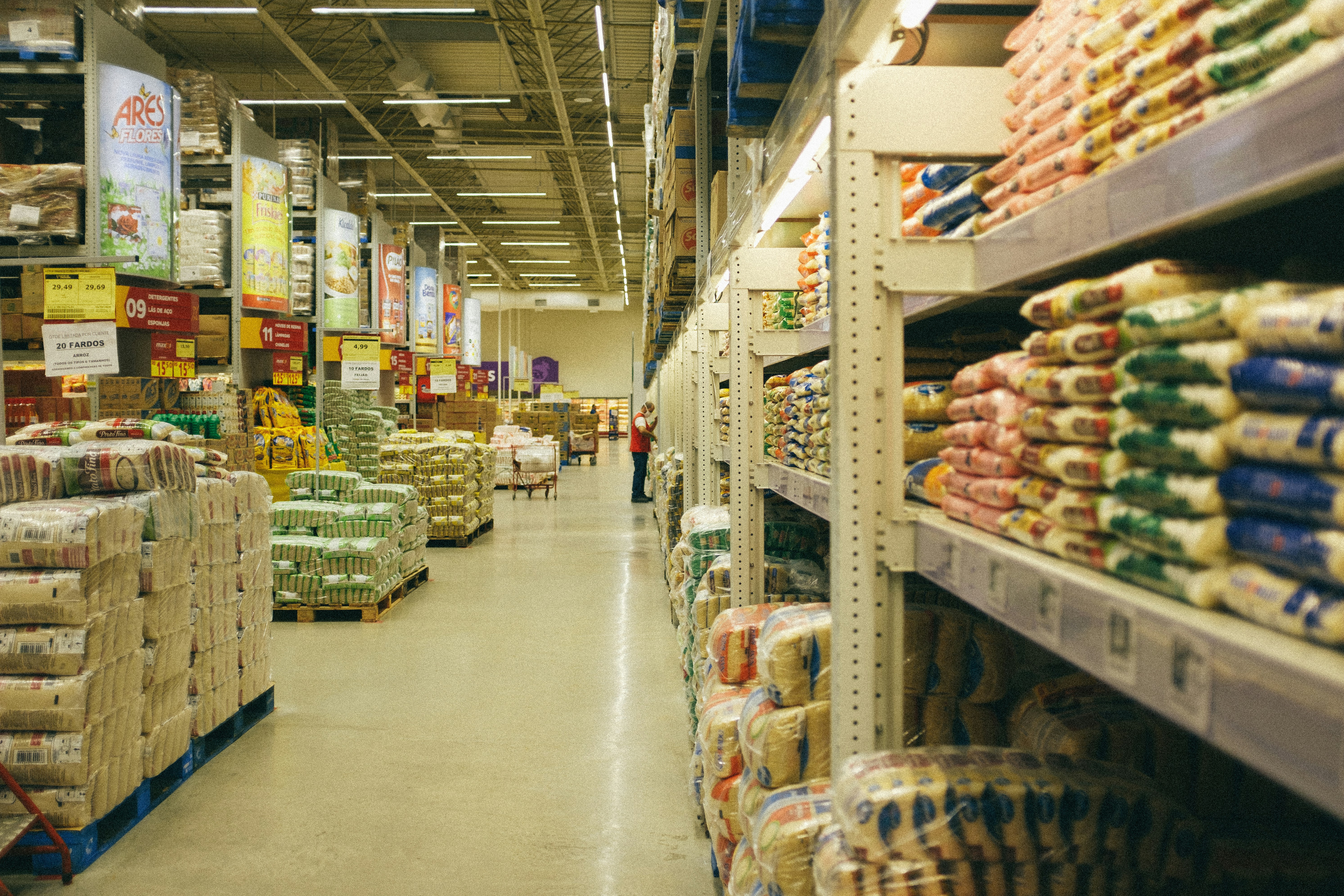In a sea of brands competing for attention in shoppers’ lives (and carts), it’s all about knowing the secret sauce – what customers actually crave. But we all know that’s easier said than done.
Decision-makers have to juggle many different priorities at the same time: Competitive business goals, tight budgets, and assessing new investments to add or remove from their tech stack. When making any upgrades, they must also consider day-to-day operational needs, including inventory management, labor challenges, and employee retention.
With this in mind, research still shows that retailers plan to increase their spending on tech this year, seizing the opportunity to streamline and automate operations, forecast supply and demand, improve customer relations, and even leverage artificial intelligence within the next few years.
So, how do you know if you’re making the right decision?
Read on to discover 4 key trends you should keep in mind about today’s average shopper and the competitive landscape, to make sure that your tech investments are hitting the right notes with your audience.
1. 57% of retailers plan to increase their tech spending within the next 12-18 months.
We know that retailers who embrace tech investments are much more primed for an ever-evolving digital landscape, and 65% revealed that they feel confident in their digital future. Those who are already jumping head-first into cutting-edge tech are leading the charge, and you don’t want to be left behind. The popularity of front-end, customer-facing tech has grown exponentially, especially when it comes to self-checkouts, smart carts, and mobile shopping.
E-commerce is also expected to be one of the largest drivers in growth across all generations over the next 12-18 months, with digital promotions playing a key role in driving revenue.
2. Tech is playing a role before shoppers even step foot in a store.
Nearly 75% of shoppers take advantage of digital coupons and digital circulars regularly to determine where they shop and what they buy. (ICYMI: We covered everything you need to know about digital circulars here.)
On top of that, loyalty programs and cash-back rewards have proven to be an excellent retention strategy – especially if six-figure earners and Millennials fall in your target demographic. According to Lending Tree, 80% of Americans have joined at least one loyalty program, most popularly for big-box retailers like Walmart, drugstores like CVS, or food and dining chains. Another survey by McKinsey revealed that loyalty members are nearly 60% more likely to choose your brand over your competitor’s, shop more frequently, and even spend more during each trip. If you haven’t given this a try yet, there’s no better time than now.
3. Shoppers are embracing tech upgrades during their in-store experience.
Over the next few years, customers shared that they were most interested in seeing smart carts, smart vending machines, cashier-less stores (like Amazon’s “Just Walk Out” tech), and VR experiences incorporated in stores. Does this align with what you have planned? Among retailers who were surveyed on their digital stack, the most common ideas included digital signage, smart labeling, grocery delivery, and even in-store robots.
When considering the in-store experience, don’t forget to consider the biggest pain points that you’re trying to solve. Research shows that the top 3 are products being out of stock, a slow checkout experience, and not having enough staff to help. So, what can you do to resolve this?
Digital catalogs would be a great tool for sharing your latest products; online shopping and having a secure, seamless checkout process would also alleviate this pain. To solve the other 2 pain points, self-checkout kiosks are regularly used by over 80% of shoppers and actually preferred by nearly half (especially among Gen Z shoppers).
4. Consider your target audience and how different demographics respond to tech.
Research shows that Gen-Z and Millennial shoppers are much more likely to shop at smaller locations – like boutique, family-owned, or farm-to-table options. While shopping in-store isn’t completely out of the picture, nearly 40% now use online delivery services for their monthly grocery haul. On top of that, over 50% of Gen Z and Millennials use delivery and curb-side pickup for their shopping needs across many different categories – groceries, retail, lifestyle, etc.
Interestingly, companies surveyed who feel well prepared for tech upgrades actually credit the benefit of having a younger workforce! Studies revealed that this has organically created a culture of experimenting and digital receptiveness, a positive feedback loop, and ongoing product training.
If you’re interested in learning more, get in touch with us or request a demo.





